13 mistakes you're making with your slow cooker
Sophia Mitrokostas

- Insider asked professional chefs and food experts about the most common slow-cooker mistakes.
- Not adding enough liquid and removing the lid too frequently can mess up the final results.
- You shouldn't add dairy or herbs until the end of the cooking time.
Overfilling the slow cooker can lead to uneven cooking.
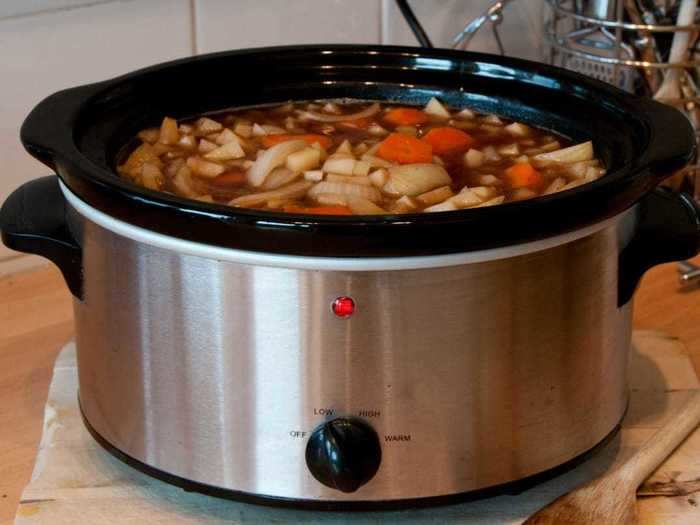
Slow-cooker cookbook author and recipe developer Marye Audet-White told Insider that adding too many ingredients can result in undercooked or unevenly cooked food.
"Try not to fill the crock more than 3/4 of the way for the best results," she said.
On the other hand, not adding enough ingredients can also be a problem.
"The crock should be at least 2/3 full to avoid dry or burnt food," she added.
If you don't grease the pot beforehand, you'll probably end up with a sticky mess.
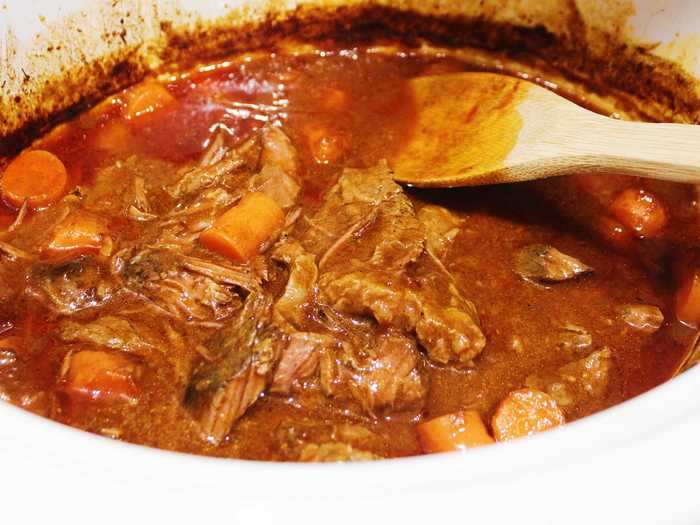
Make cleanup easier by prepping your slow cooker before adding any ingredients.
"Quickly spraying or oiling the crock will keep your meal from sticking," Audet-White said.
This step is especially important when cooking foods without liquid, such as buns or cakes.
You might be choosing the wrong cut of meat.
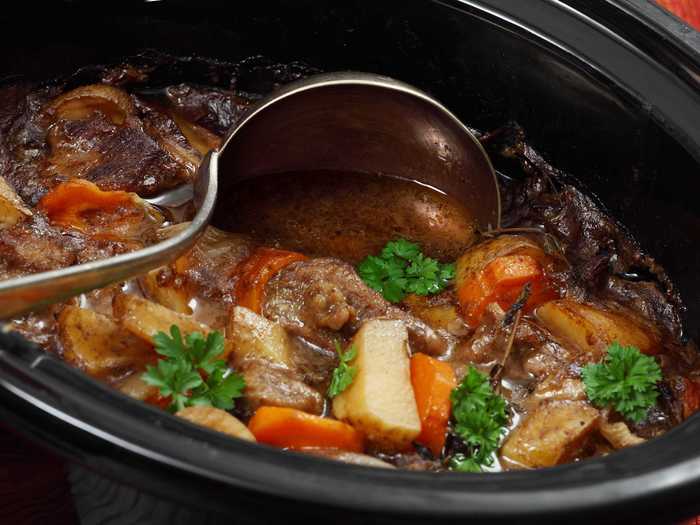
Chef Tommy Leung of Gafell told Insider that choosing the right cut of meat is essential when cooking with a slow cooker because softer cuts can get mushy or overcooked.
"You want to choose tougher cuts of meat that will benefit from a slower cooking process," he said.
Chunk, round, brisket, and shank are tougher cuts of beef, and for pork, you may want to opt for butt, shoulder, or foot cuts.
Not adding enough liquid can lead to burning.
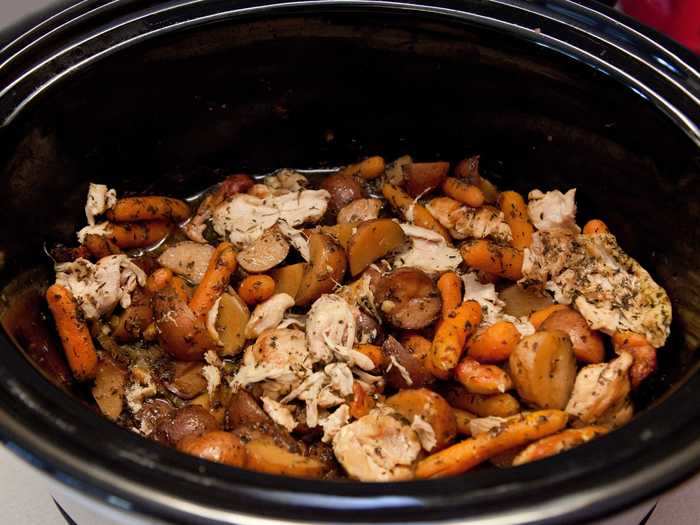
If you're planning on allowing your meal to simmer for several hours, be sure you monitor the level of liquid you use.
"Liquid will evaporate during the slow-cooking process," Leung said. "It's important to add enough liquid to ensure the bottom of your dish doesn't burn."
If your meal does burn, the chef said to avoid scraping the bottom of the pot while stirring and serving because it can give the entire dish a burnt flavor.
But adding too much liquid can dilute the flavors.
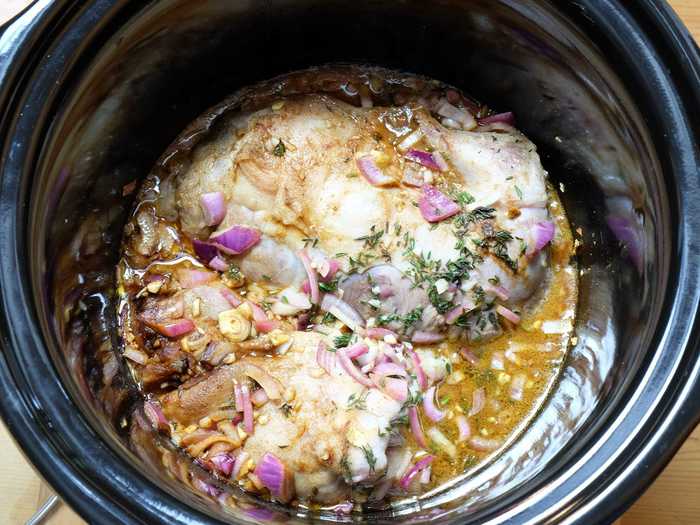
Chef Faisal al Deleigan told Insider that it's also not good to add too much bland liquid to a slow cooker.
"Using too much liquid can result in a dish that tastes under-seasoned or looks very pale and unappealing," he said.
To avoid a washed-out flavor, consider substituting vegetable or meat stock for water in savory dishes.
You might be chopping your vegetables too small.
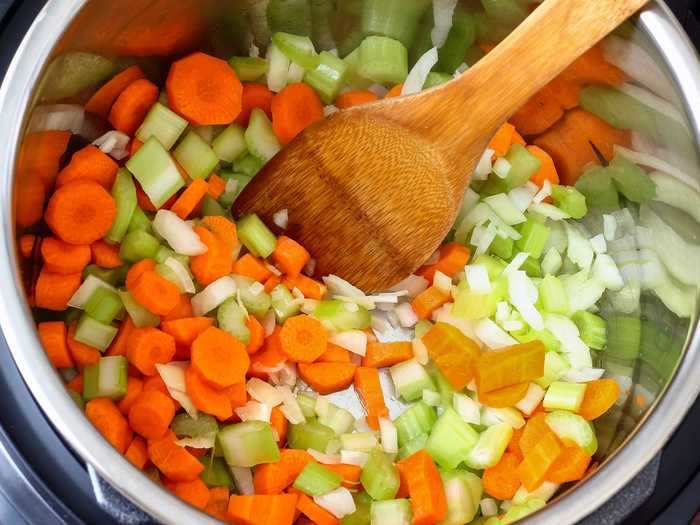
Chef Jet Tila, partner at Lee Kum Kee and former "Iron Chef America," "Chopped," and "Cutthroat Kitchen" contestant, told Insider that you shouldn't chop your vegetables too finely for the slow cooker.
"Larger pieces are better at soaking up sauce and flavor," he said. "Aim for pieces the size of playing dice or larger."
Vegetables that are particularly good at retaining flavorful liquid include potatoes, onions, yams, and broccoli.
Adding dairy or herbs too early in the cooking process can ruin their flavor.
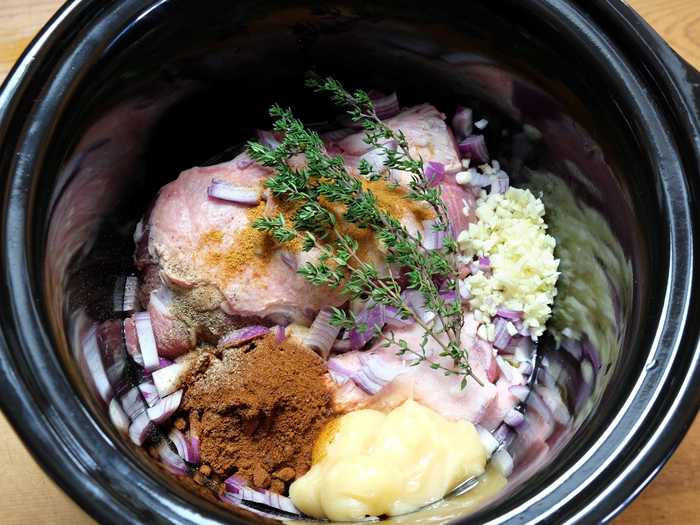
Though it may be tempting to dump all your ingredients into the slow cooker at once, it's best to reserve certain ones until the end.
"Don't add dairy or herbs until the last 30 minutes or so of your cooking time," Audet-White told Insider. "Overcooking these ingredients will ruin their richness and flavor."
You'll know if dairy has been added too soon if it begins to separate.
Lifting the lid of the slow cooker too often will lower the temperature.
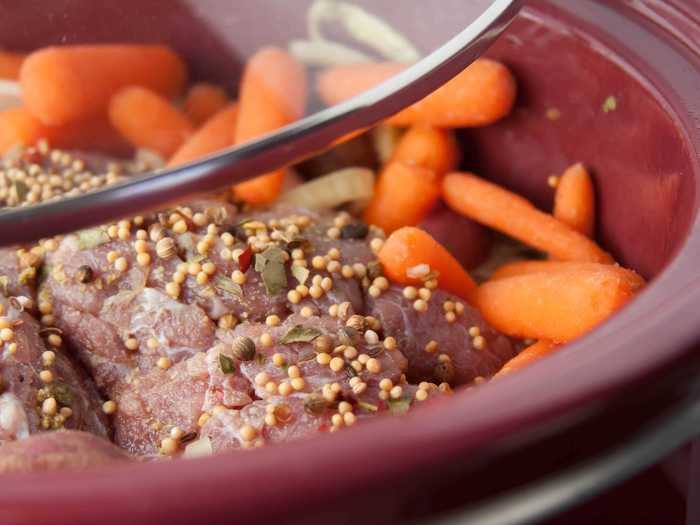
Audet-White told Insider that every time you lift your slow cooker's lid, you lower the temperature inside the appliance.
"It takes about 15 minutes for the slow cooker to regain that lost heat," she said. "Leave the lid on until the last half hour, at which point you can add ingredients or check the taste."
You're missing out on flavor if you don't braise or sear ingredients before slow-cooking them.
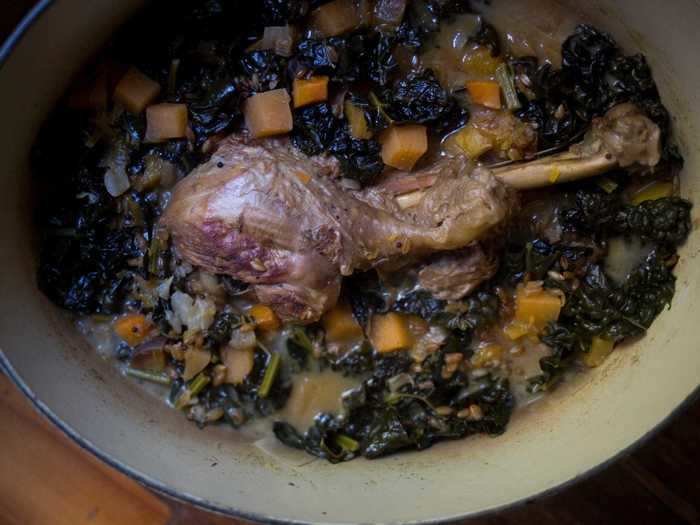
For the best flavor, braise or sear your ingredients before tossing them in the slow cooker.
"The slow-cooking process happens at such a low temperature that the Maillard reaction won't happen," Leung told Insider.
The Maillard reaction occurs between amino acids and sugars and gives browned food its characteristic color and flavor.
"Sear your ingredients before spending hours slow-cooking them to give them a nice char or caramelized flavor," the chef said.
Chicken skin won't get crispy in the slow cooker, so it's best to opt for skinless.
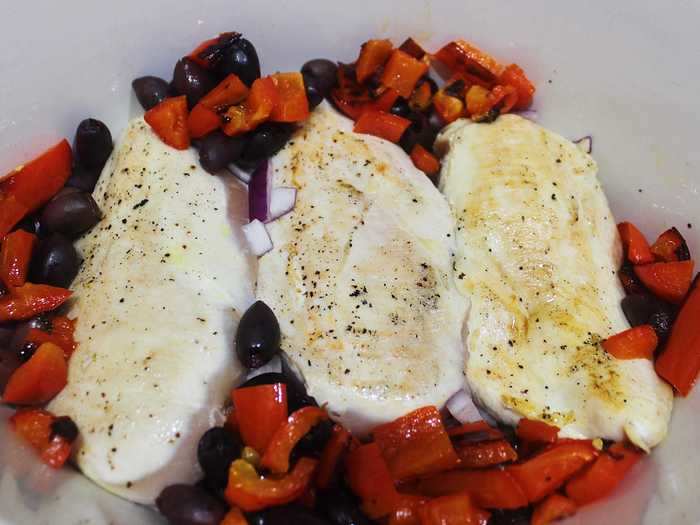
Chicken skin may turn crispy when baked or grilled, but you won't get that same result with a slow cooker.
"Chicken skin in a slow cooker will turn gooey and rubbery, which is not appetizing at all," Audet-White said.
Remove the skin before cooking or buy skinless chicken.
Leaving stews to cook for more than six hours can dry the meat out.
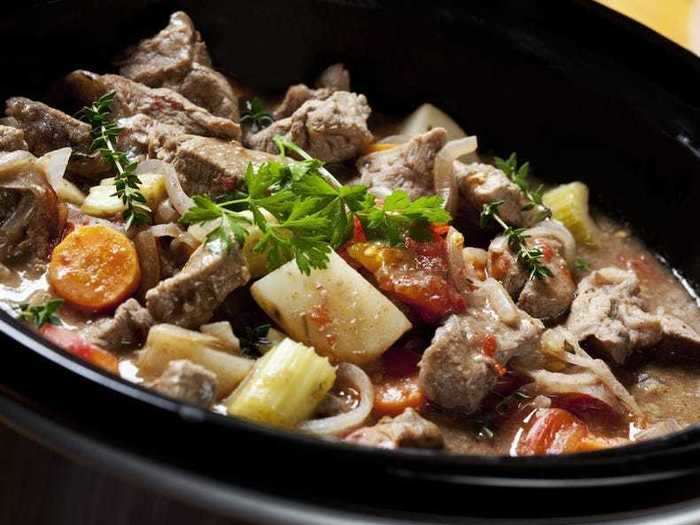
A longer cooking time isn't always better in the slow cooker.
"There's usually no benefit to cooking a stew for more than six hours," Leung told Insider. "After that point, the texture of most meats will start to turn dry and tough."
The chef noted, however, that some broths and meats that contain bones may need more than six hours to cook.
You shouldn't serve your slow-cooker meal right after it's done.
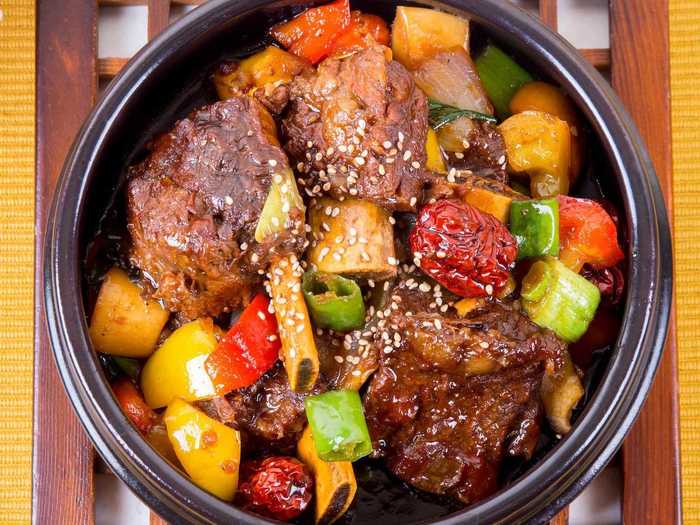
You usually shouldn't rush to serve your slow-cooked dish.
"The flavors in some foods need time to settle and even taste better the next day," Tila said. "Braised short ribs are a great example."
The chef said that he keeps his slow-cooked short ribs in the refrigerator overnight and warms them up the following day.
Placing root vegetables on top of everything can leave them raw.

When it comes to cooking vegetables in the slow cooker, placement matters.
"Root vegetables need to be placed on the bottom and sides of the crock so that they are in direct contact with the cooker," al Deleigan said.
Placing root vegetables like onions and carrots on top may leave them raw or undercooked when everything else is ready.
READ MORE ARTICLES ON
Popular Right Now
Popular Keywords
Advertisement